LYNNE MAPP DREXLER (1928-1999)
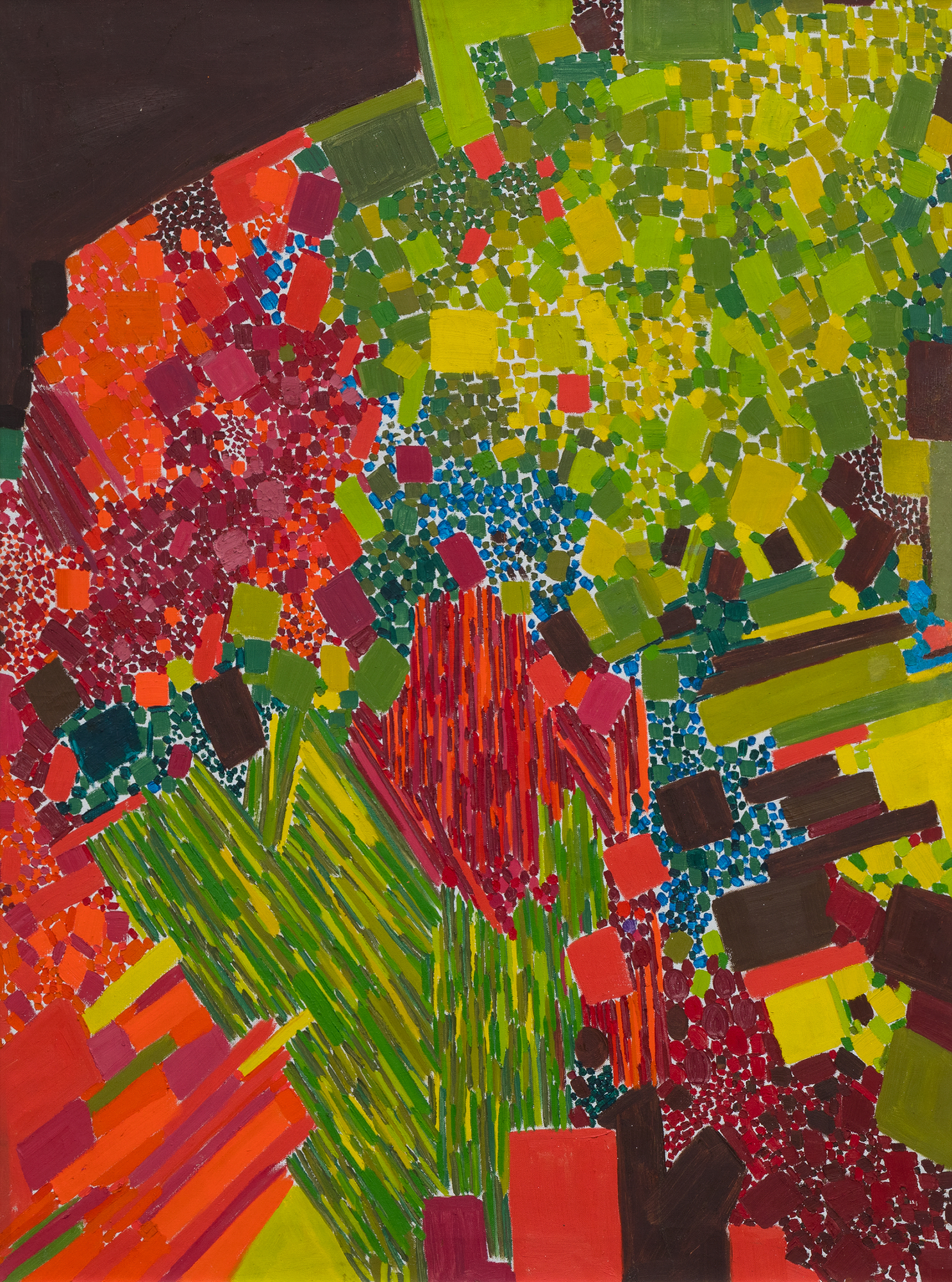
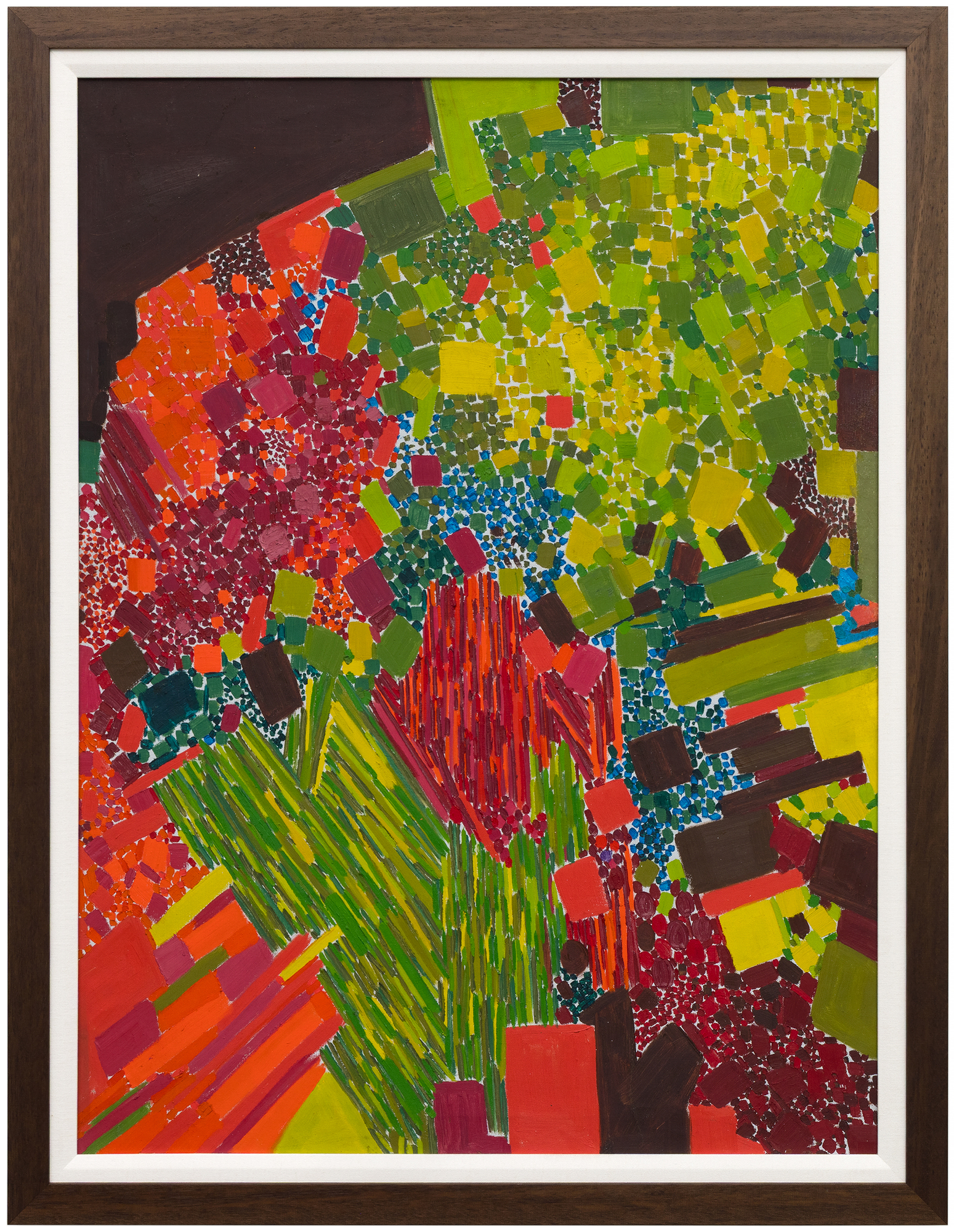
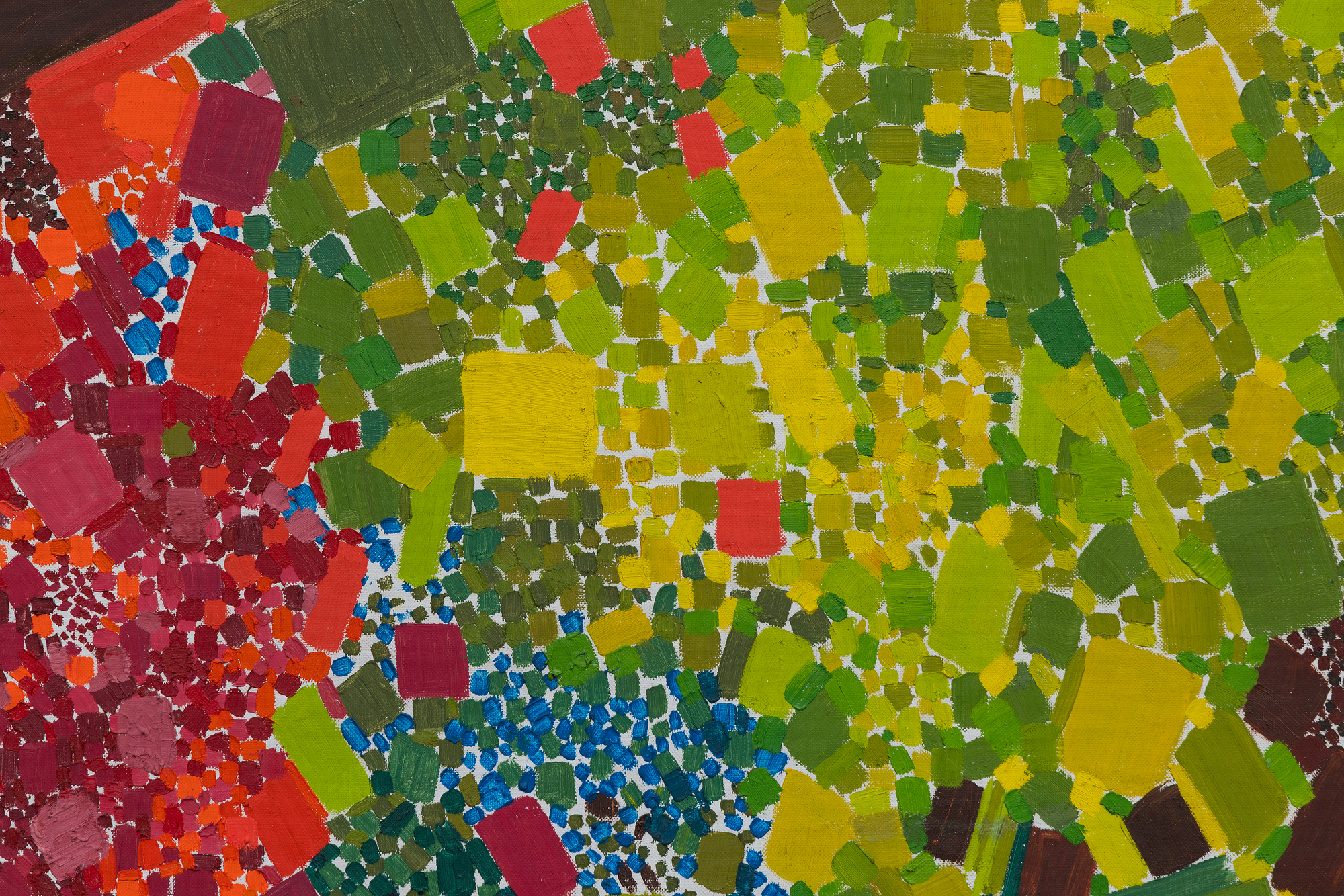
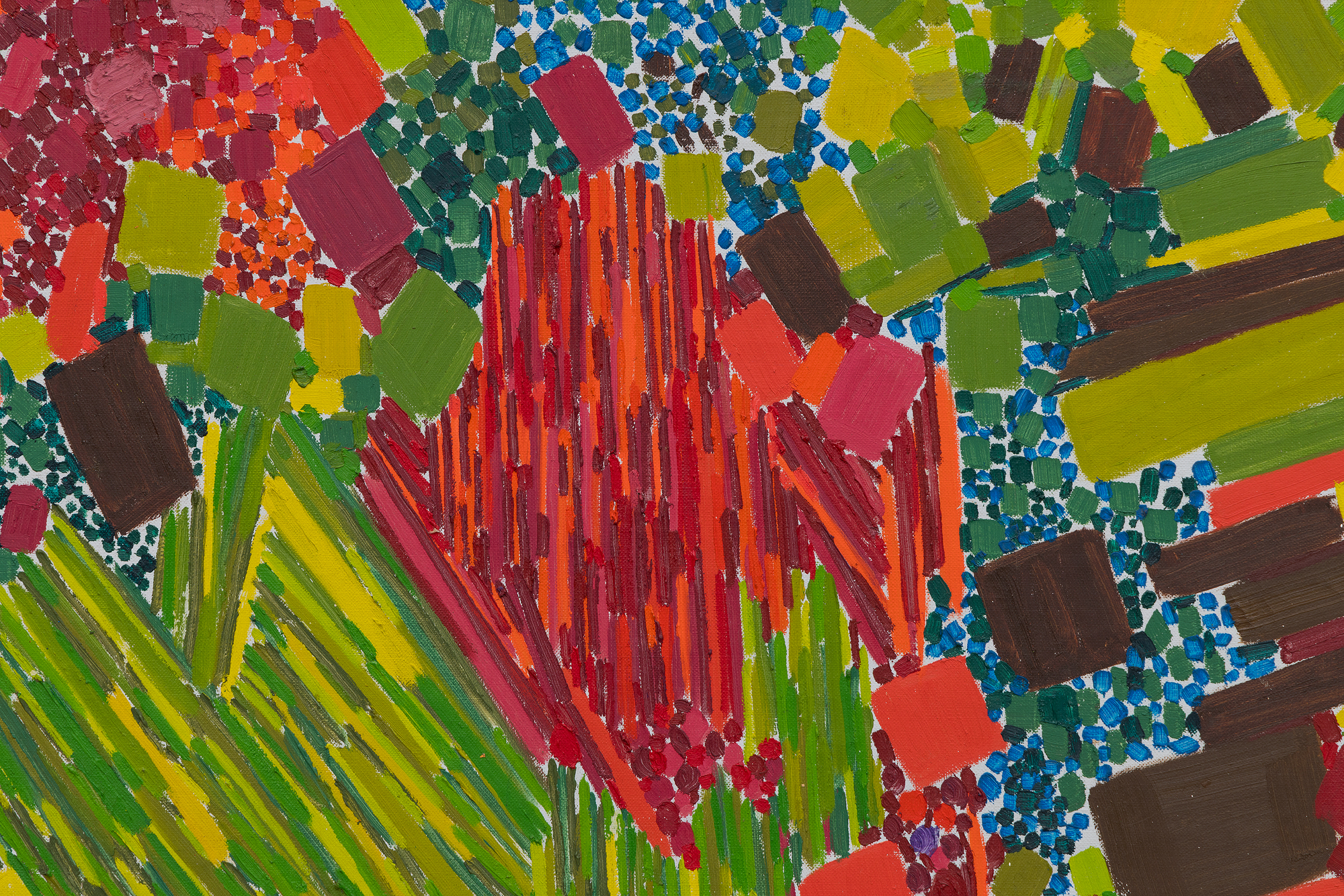
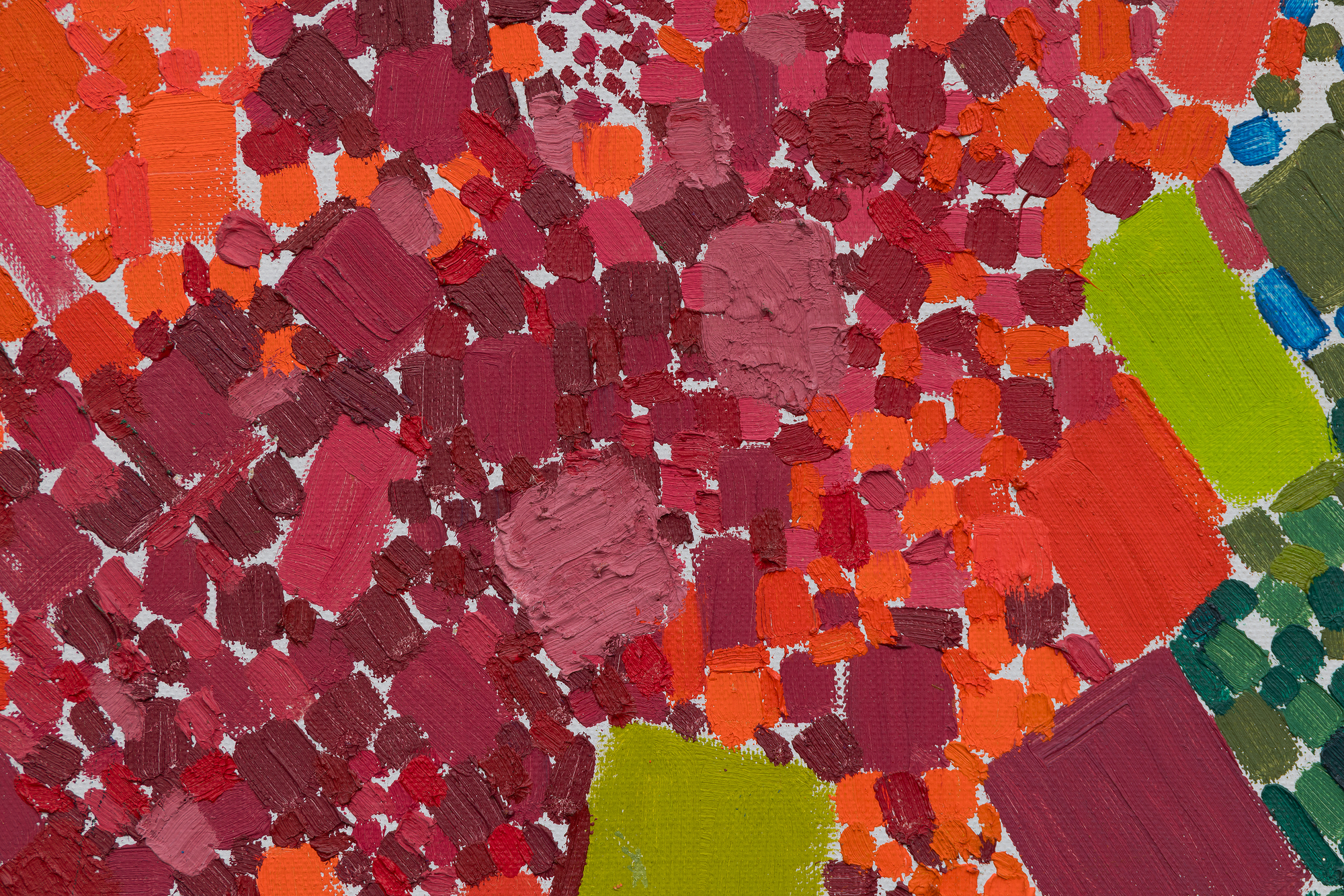
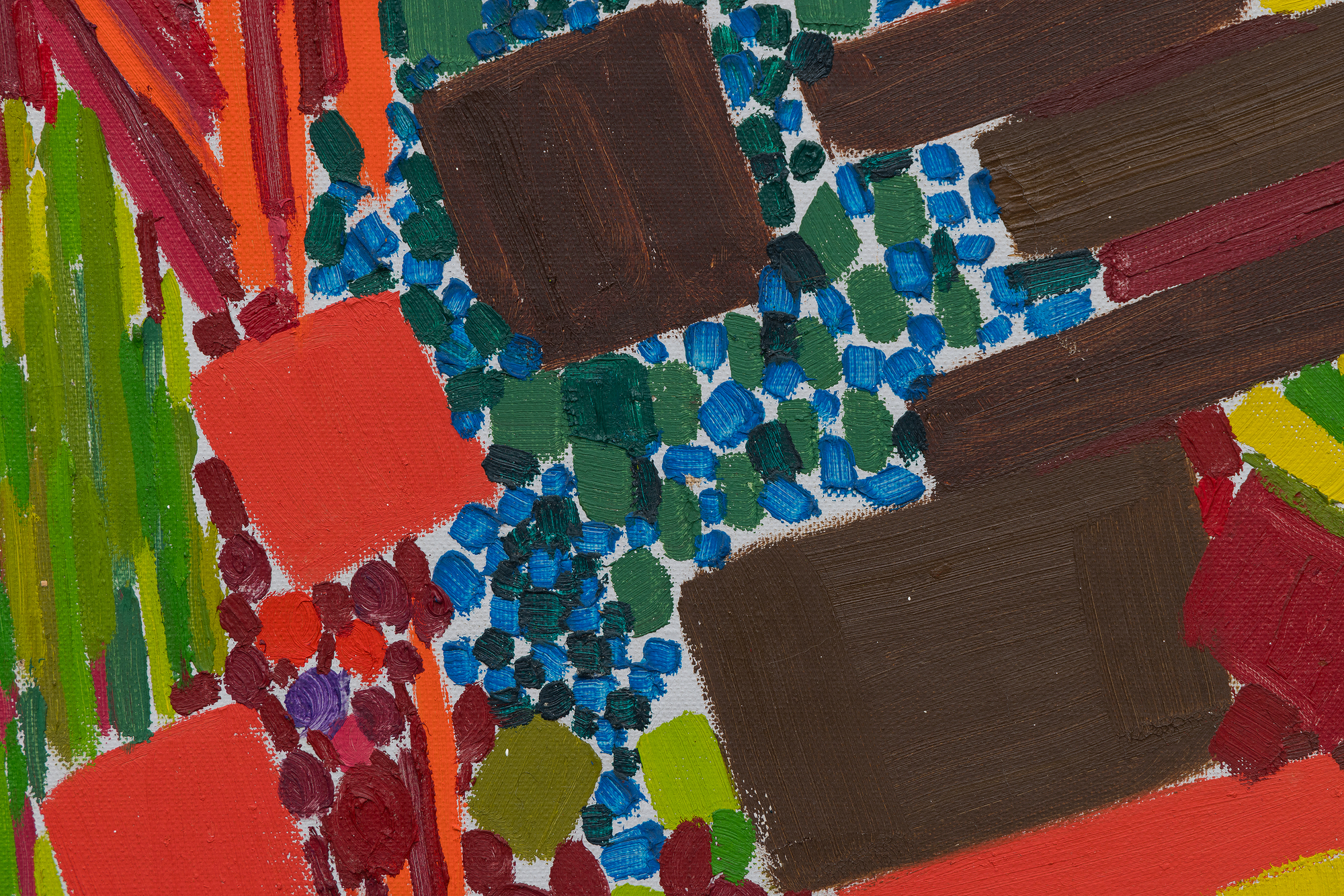
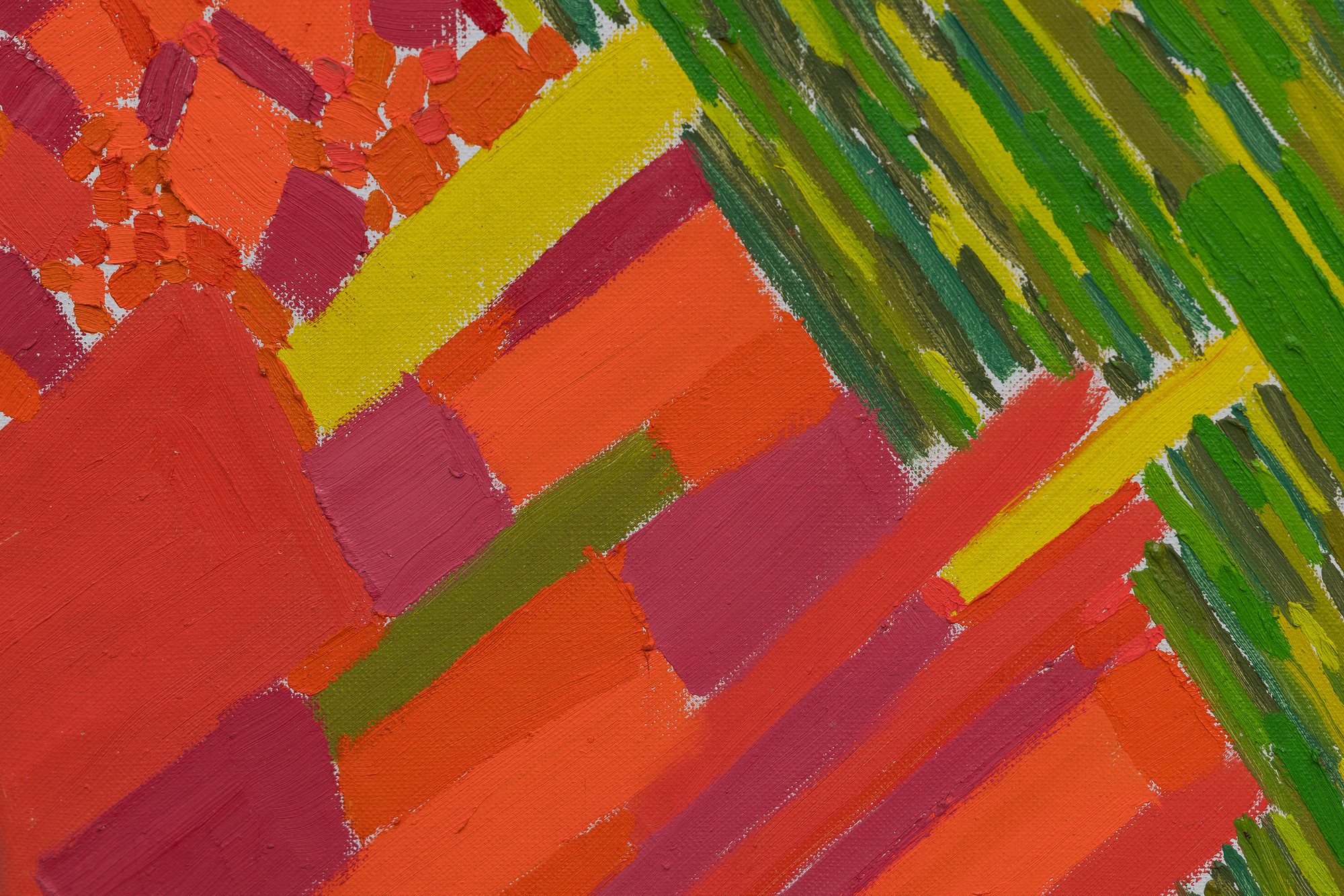
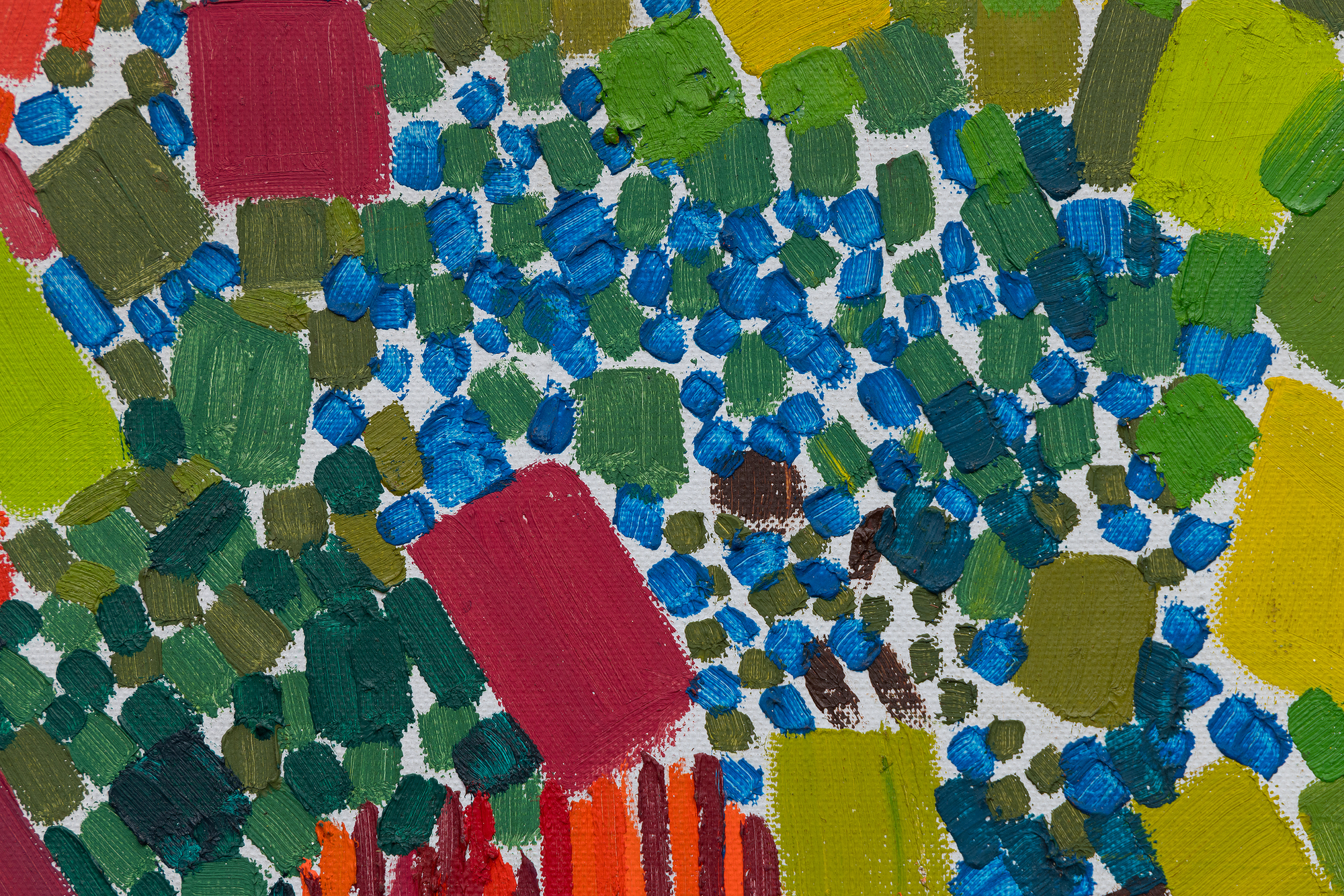
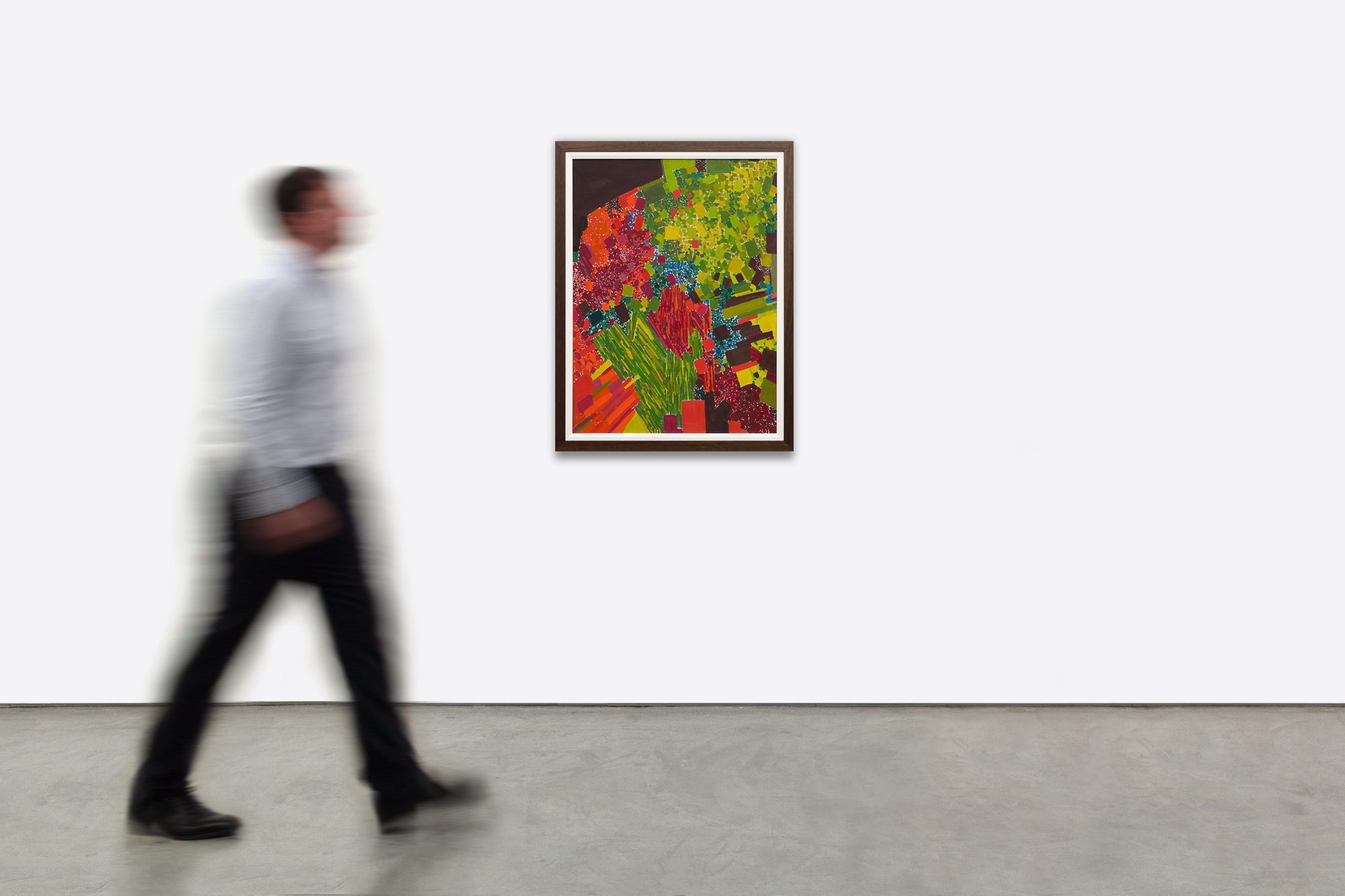
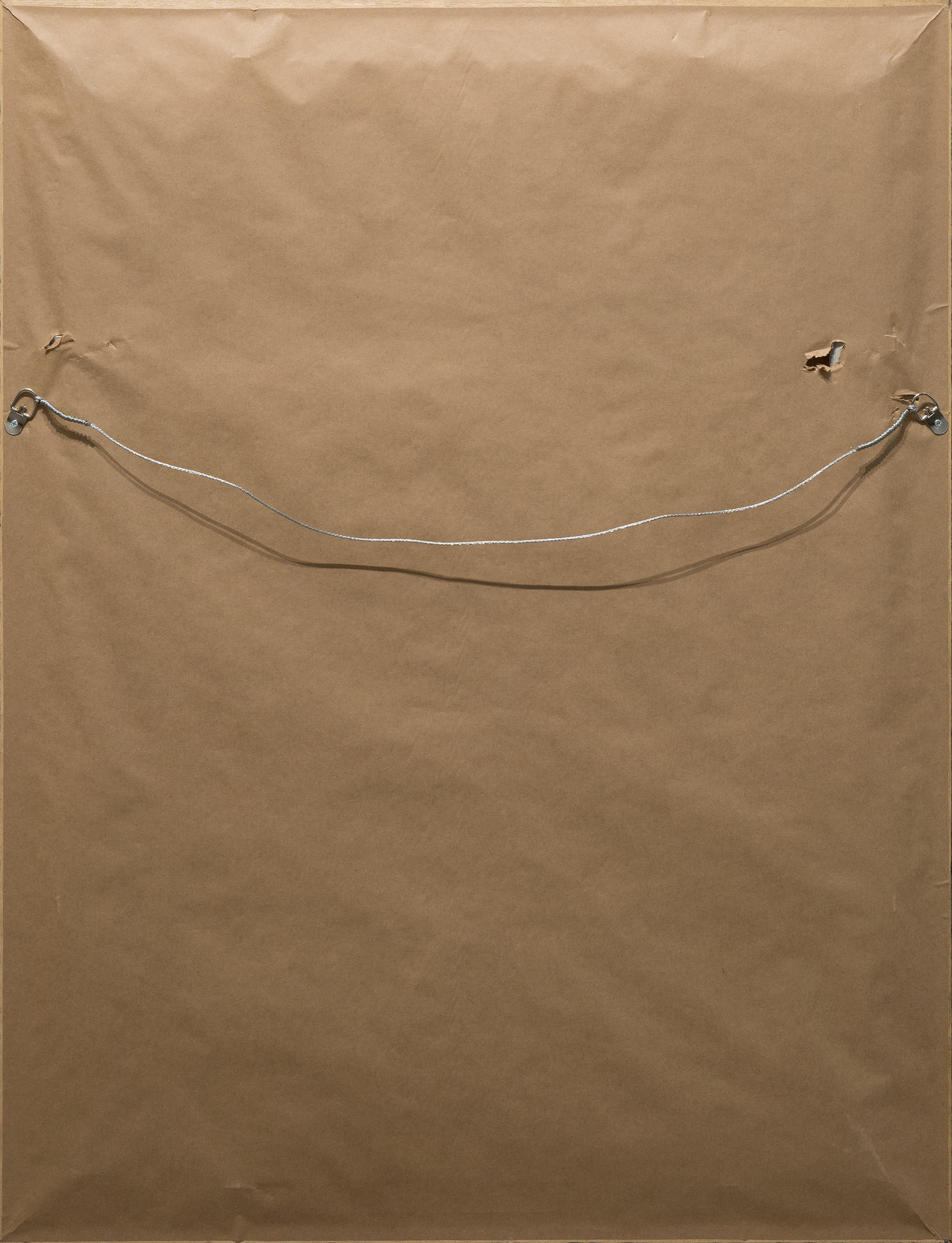
Provenance
Lupine Gallery, Monhegan, MainePrivate Collection, acquired from the above
Phillips New York, Wednesday, November 15, 2023, Lot 106
Private Collection, acquired from the above
Price375,000
In this work, color takes precedence over form, with Drexler using chromatic intensity to create rhythm and structure. Her technique resonates with Hans Hofmann’s influential “push-pull” theory, in which color relationships generate spatial depth and tension without relying on traditional perspective. At the same time, the gestural vigor and improvisational quality of the brushwork reflect the influence of her teacher Robert Motherwell, who encouraged expressive freedom and emotional immediacy.
"Sporadic Spring" captures Drexler’s synthesis of discipline and spontaneity, revealing how she forged a distinct voice within the New York School while anticipating the lyrical abstraction that would define her mature style.


